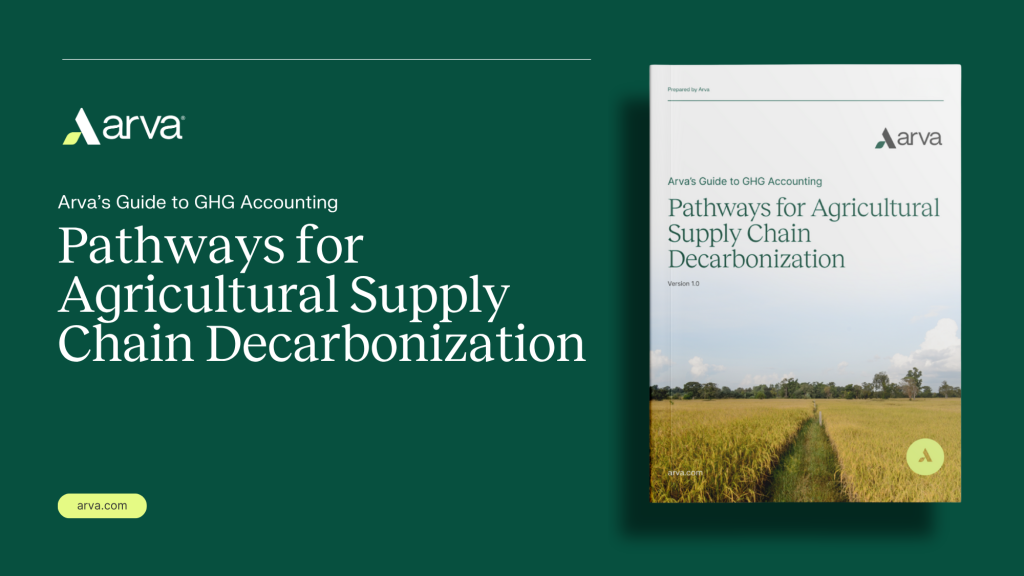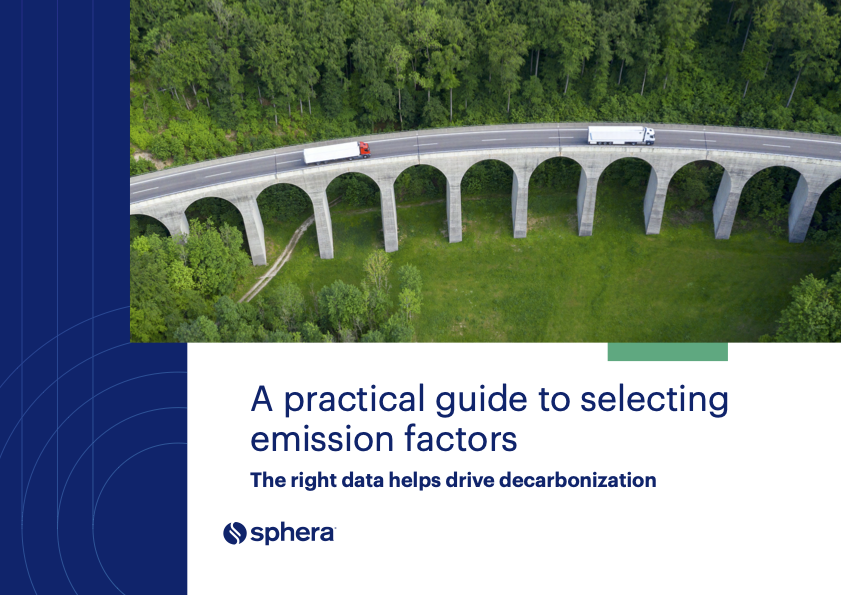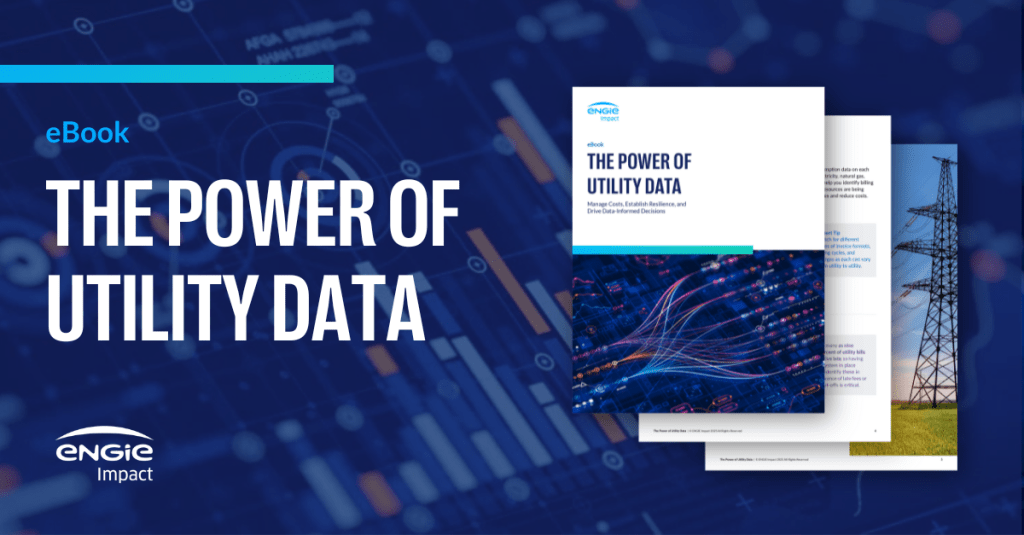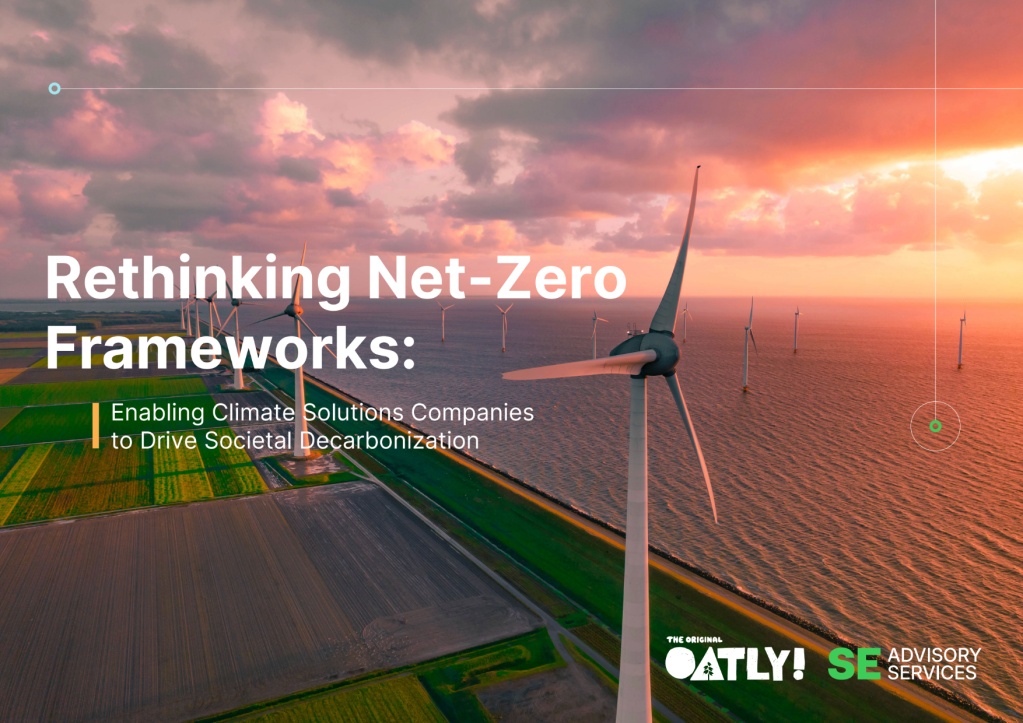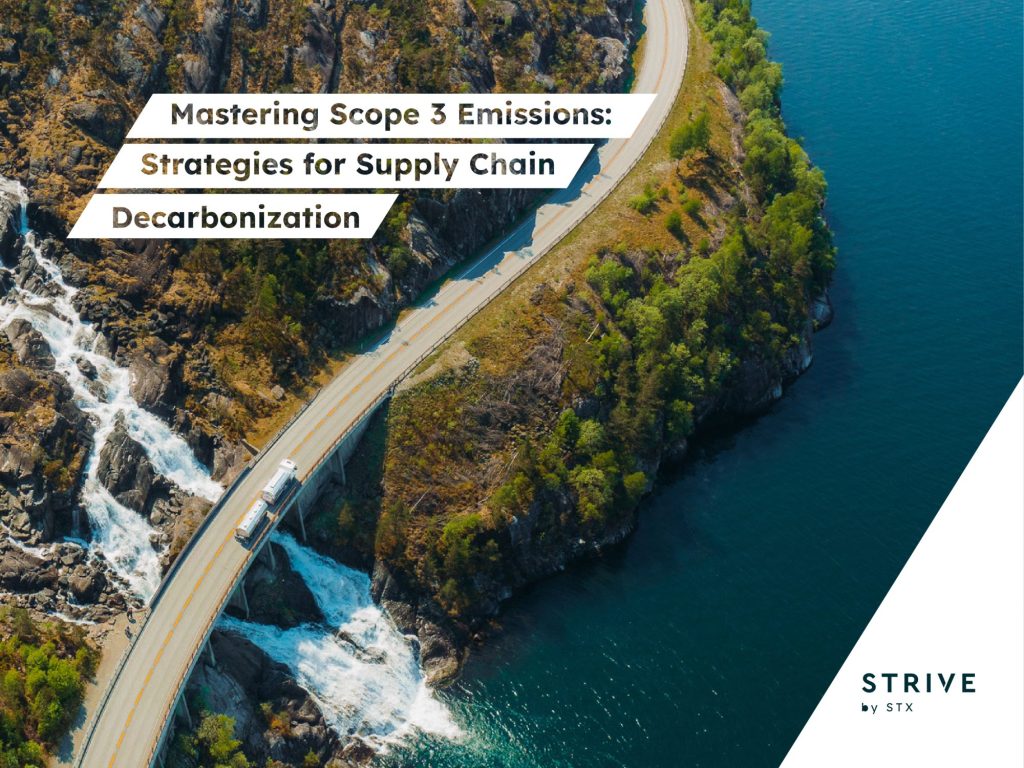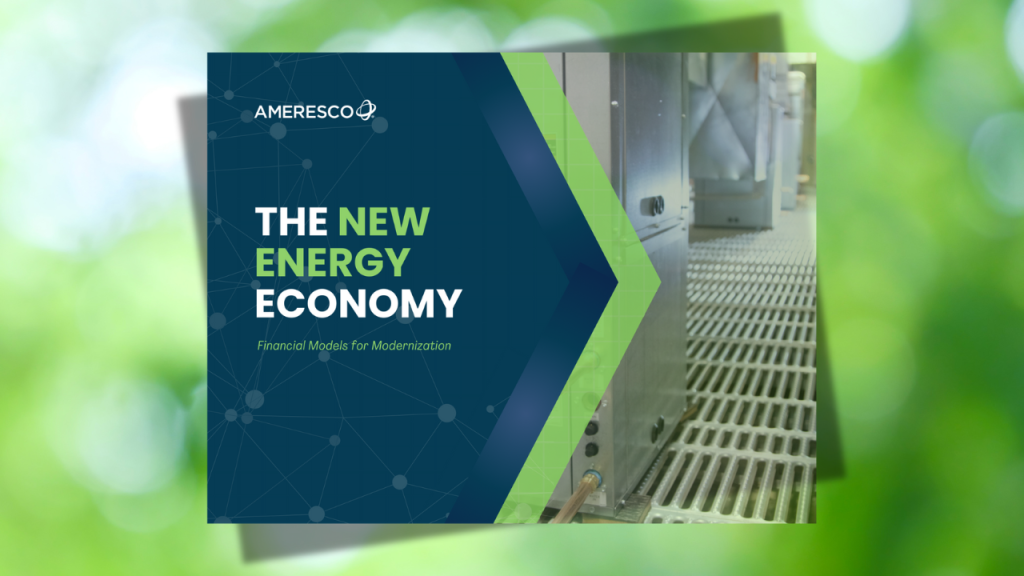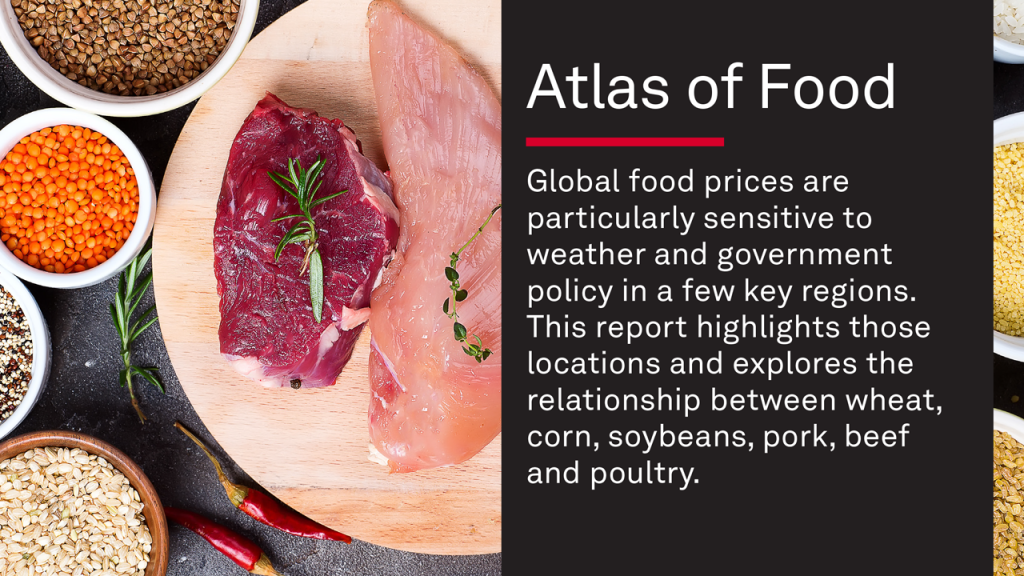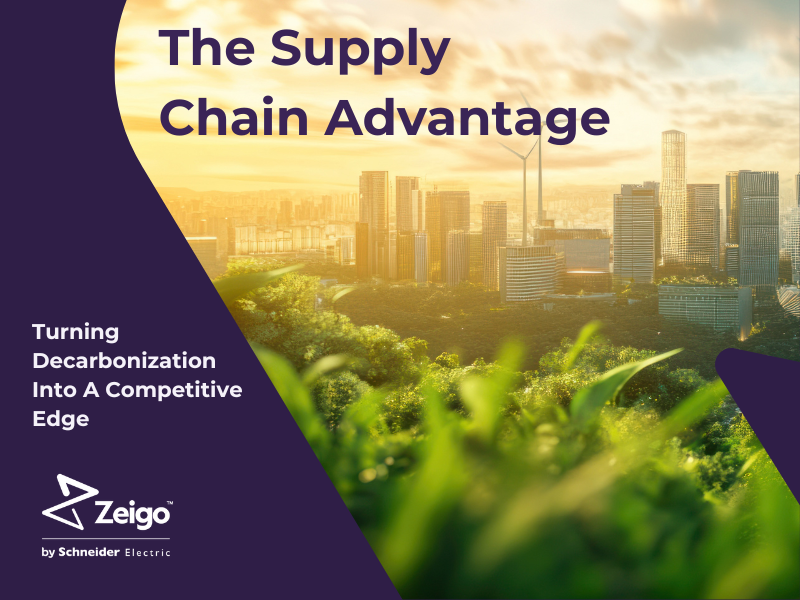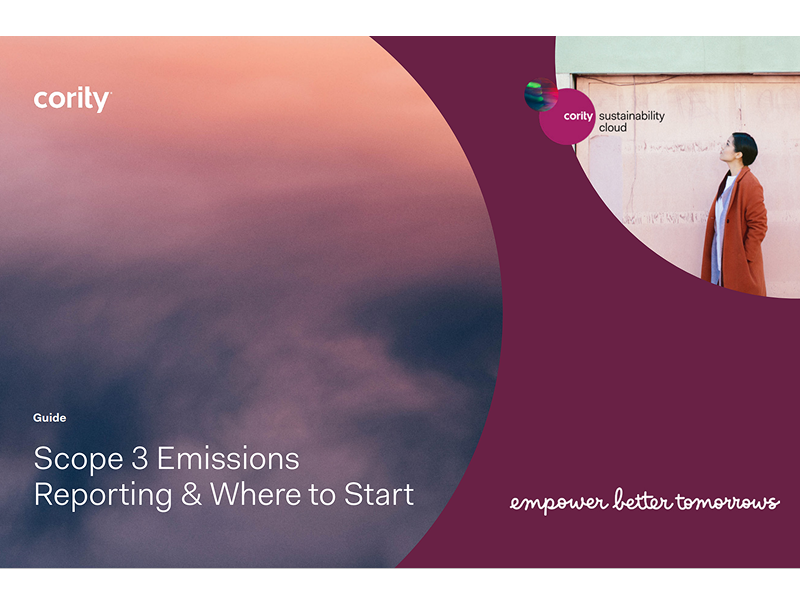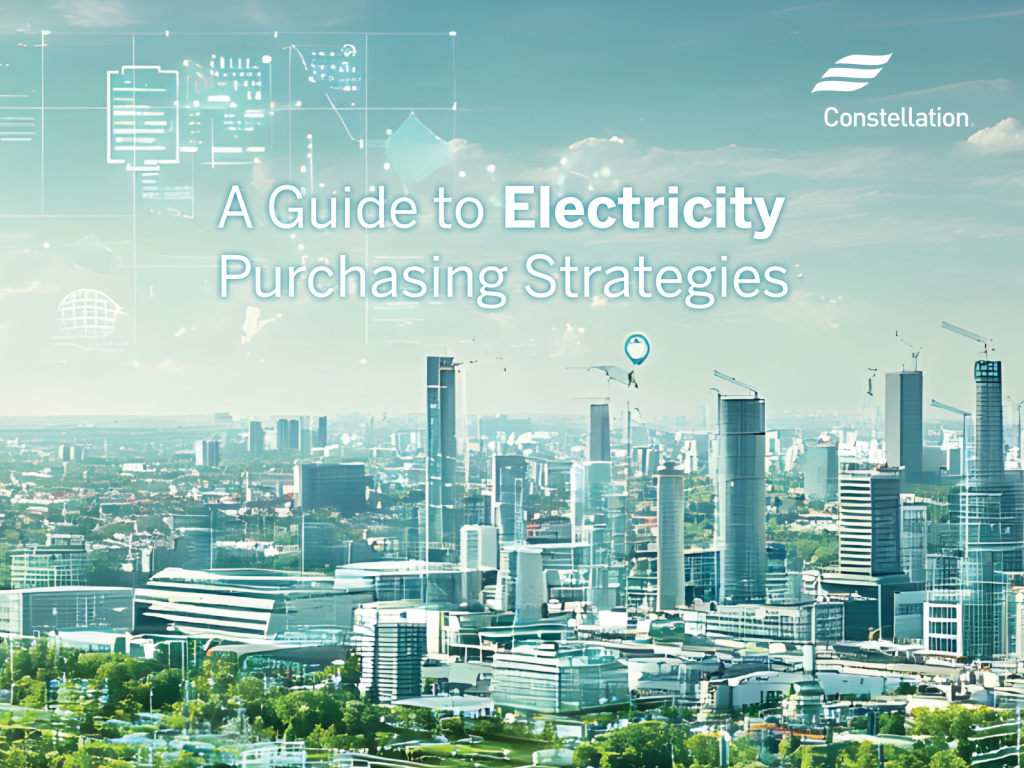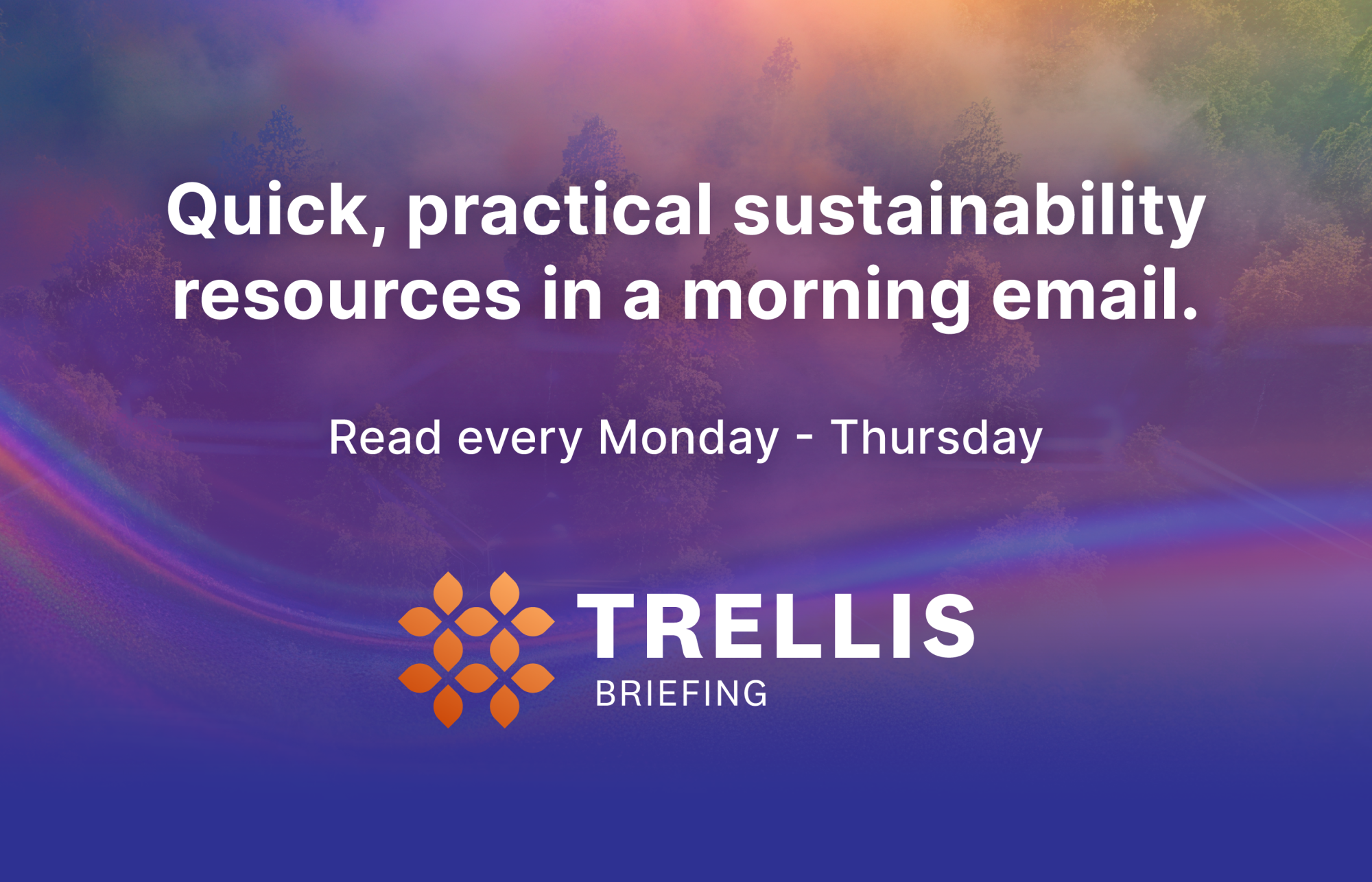Beyond ‘good’ and ‘bad’: How to measure corporate sustainability
Absence of controversy doesn't affirm good performance. Read More

- The sustainability profession’s obsession with performance has hindered learning from practices that actually work.
- The reality is that often the best sustainability practices are side-by-side with the worst ones.
- Instead of categorizing companies as good or bad, we can focus on progress over time and good-faith efforts.
The opinions expressed here by Trellis expert contributors are their own, not those of Trellis.
As a professor and author focused on corporate sustainability, there’s one question I’m asked more than any other: Which companies are getting it right?
I wish I could tick off a list of role models or whip out a cheat sheet of organizations that are checking all the boxes. But I can’t — and won’t — because not only is asking that question missing the point, but it’s also actively dangerous.
Our obsession with performance
While the intention behind the question is positive, the outcome is a quagmire of confusion, in which we obsess over being perfect at the expense of making progress. Our obsession with sustainability poster children illustrates how much we confuse context with performance. It also stops us learning from practices that actually work, many of which are forged by companies in the most controversial and troubled sectors that wrestle daily with the thorny side effects of simply doing business.
The trouble with our performance obsession became clear to me when Patagonia founder Yvon Chouinard handed over ownership of the firm to a nature-based charity in 2022. After a few hours of social media celebration, commentators began to note that the structure would facilitate tax avoidance, that the business still relied on synthetic fabric and that employees hadn’t been given a stake.
This dilemma is also featured in Trellis’ Chasing Net Zero series, which documents the progress that companies are making toward their climate progress — and how they stack up against their peers.
If handing over a profoundly successful operation to a philanthropic cause will do nothing to keep the critics at bay, then it’s time to ask what our hunt for sustainable companies is actually achieving. Are we trying to drive innovation, or raise the bar just slightly? Should we prioritize deep change in a few areas or broad, superficial gestures everywhere, such that the strategy winds up as “everything is material”?
The ultimate paradox in responsible business is that best and worst practices are often found side-by-side in the same industry.
If you were to rely on sustainability conferences and media reporting, you’d get a warped impression of which sectors have the most advanced approaches on any particular issue. For example, there are frequent press exposes of horrific practices in the supply chains of apparel and food companies. And child labor and deforestation in the cocoa supply chain in West Africa and sexual abuse on sugar plantations in India. You’d get the impression that these sectors have the most appalling, neglectful supply chain oversight out there. Is there considerable truth to this? Yes. Does it mean that practices are better in other sectors, particularly those with less scrutiny? Absolutely not.
The reality is that if you want to find the most advanced thinking on supply chain oversight, this will also be found in the food and apparel sectors. Because we care greatly about what we eat and what we wear, these sectors are most exposed to stakeholder scrutiny. So it’s in apparel and food companies that you’ll find leading practices on traceability, transparency, living wage efforts, smart decarbonization, supply chain finance and more. The ultimate paradox in responsible business is that best and worst practices are often found side-by-side in the same industry. Sometimes even in the same factory.
Reputational risk can be a funhouse mirror
If you’re looking to campaign against companies that negatively affect human rights, a great place to start is in the mining and social media sectors. Mine operators can subject local communities to noise, pollution, relocation, unpredictable job prospects and the potential for life-threatening operational disasters.
Meanwhile, social media companies undermine our mental health, polarize us and encourage screen addiction, to say nothing of online exposure to torture and hate speech, and the impact on those tasked with keeping this content from the public eye.
Does this mean such companies lack expertise on human rights? Not at all. In fact, if I want to find the most advanced thinking on business and human rights issues, the first place I’d look is in these sectors. Because of the scale of friction these companies face, at least some of them must hire experts to help them manage and calibrate these risks. That’s why you’ll find mining companies leading on collective decision-making in communities, just as others trample on community rights every day. And you’ll find substantive and thoughtful efforts within some social media companies to tackle online discourse alongside profound carelessness. Both best and worst practice, in the same sector.
The truth is most discussions of corporate responsibility implicitly assume that absence of controversy affirms good performance. But the reality is that the company most likely isn’t highly exposed to the issue or stakeholder group in question. Reputational risk is held as a linear accountability mechanism, when in reality it is a funhouse mirror. If you doubt this, a recent OECD report on ESG metrics found that only 2 percent of all ESG metrics account for the external context — the degree of exposure to an issue.
The wrong poster children
No company manages all stakeholders with the same level of intensity and effort, and companies simply don’t develop expertise in the absence of friction. But rather than acknowledging this, and learning from those at the forefront of a particular challenge, we’ve encouraged generic messaging around “commitments to stakeholders,” PR-driven goals set in a vacuum, and an exhausting cycle of promotional activity and activist teardowns.
Our favorite poster children may not be those making the best effort to tackle a particular issue, but companies that can create attractive business upside from an issue, or even use their promotional efforts to distract attention from more fundamental externalities become sustainability darlings. For example, it’s common for chief sustainability officers at big technology companies to solely focus on on renewable energy data centers, and strenuously avoid talking about the policy influence their employer wields globally in an effort to stop any regulation of their core externality — their impact on individual and group human cognition.
Good-faith efforts
We’ve spent far too long in a fraught and arcane quest to score good versus bad, and it’s getting us nowhere. We’ve tried reducing corporations to a single ESG score, only to find it’s not so easy to put the trade-offs between negative and positive externalities into a metaphorical ledger. We’ve tried highlighting examples of “good practices,” only to wind up cherry-picking the most convenient, least messy examples — ones that flatter our desire for neat, happy stories rather than the real, difficult work of transformation.
What if the primary question that matters is whether a company is making a good faith effort to tackle the negative impacts that are core to how it makes money? What if progress over time is a far better way to evaluate corporations than whether it can be considered “green” or “inclusive” overall? What if we valued progress over time — real, demonstrable, progress — over snapshot judgments about which companies are “role models”? And what if, in our rush to make business “good,” we’ve forgotten that the best any business can do is to make itself better — day after day, step by step, in a world full of contradictions, trade-offs and hard choices?

Subscribe to Trellis Briefing
Featured Reports

The Premier Event for Sustainable Business Leaders




